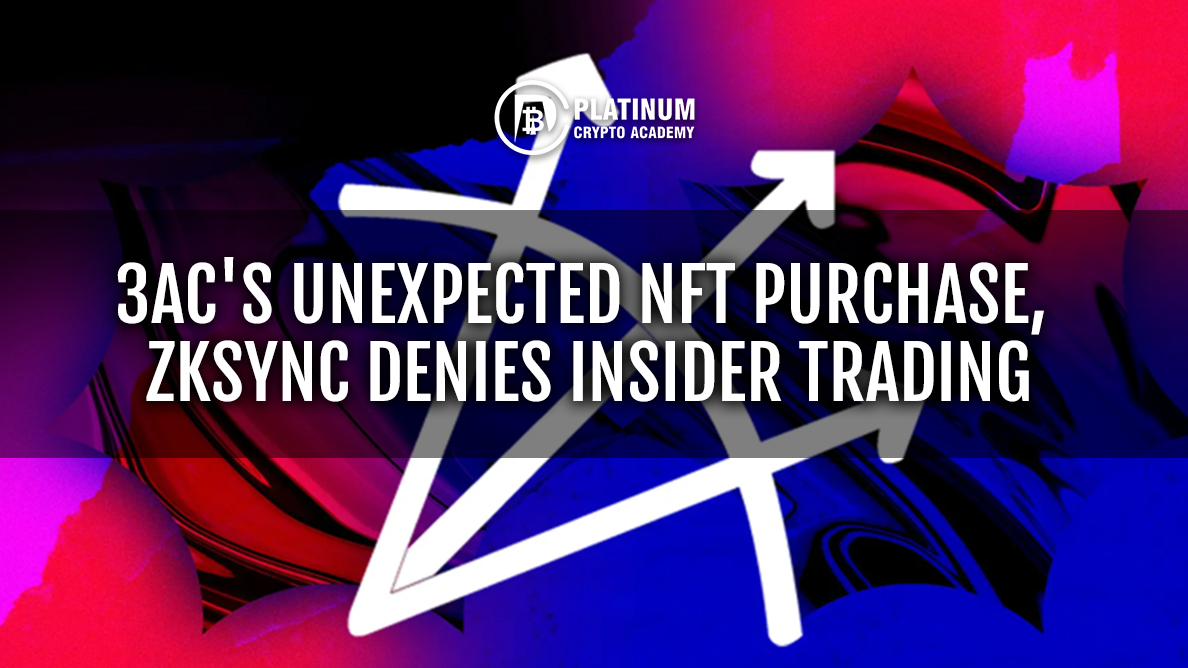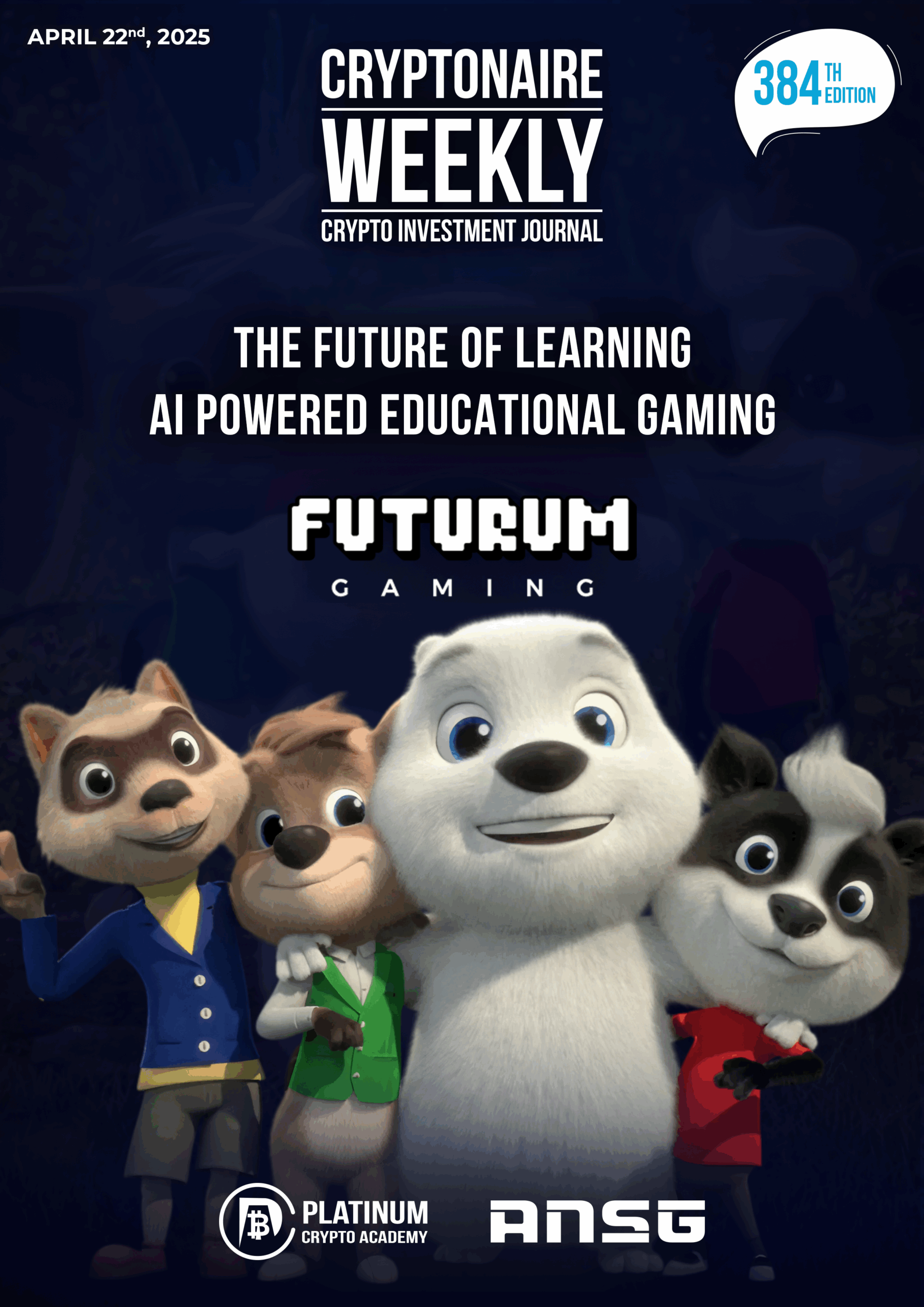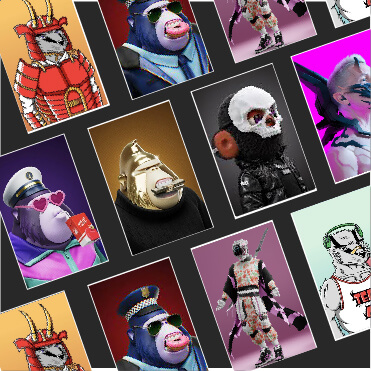This week’s Nifty Newsletter brings intriguing developments in the NFT and blockchain world. Highlights include a wallet owned by the bankrupt crypto hedge fund Three Arrows Capital (3AC) making headlines by purchasing non-fungible tokens (NFTs) with a three-year-old offer. Meanwhile, zkSync developer Matter Labs has strongly refuted claims of insider minting for its Libertas Omnibus NFTs. Additionally, an art exhibition connecting Ethiopia’s rich heritage with blockchain technology through NFTs showcases how the past and present are being bridged in innovative ways.
3AC-Linked Wallet Purchases NFT for $59,000 Due to Three-Year-Old Offer
In a surprising turn of events, a wallet tied to the now-bankrupt crypto hedge fund Three Arrows Capital (3AC) recently acquired a Neon Village NFT for 20 Ether (ETH), approximately worth $59,821 as of July 5. This transaction has a rather interesting backstory, as it stemmed from an offer placed three years ago.
The hedge fund, which filed for bankruptcy in July 2022, had its wallets managed by the liquidation firm Teneo. The funds for this Neon Village NFT purchase had been held in escrow since the original offer was made in 2021. The sale was initially flagged by the SuperRare Bot X channel, which identified the buyer by the username “abcdefg.”
The transaction drew mixed reactions from the NFT community. Some collectors initially celebrated the sale, viewing it as a significant movement within the market. However, Brian, another NFT collector on platform X, pointed out the age of the offer. This sparked discussions suggesting that the buyer might have forgotten about the bid made three years ago. This unusual scenario underscores the sometimes unpredictable nature of the NFT market, where forgotten bids can come back to life years later, resulting in substantial financial transactions.
zkSync Developer Matter Labs Denies Insider Minting Allegations
Another noteworthy development involves zkSync developer Matter Labs, which recently addressed and denied allegations of insider minting related to their Libertas Omnibus NFTs. These claims were initially raised on June 17 by blockchain researcher soEasy, who accused the team of distributing NFTs to ineligible friends and circumventing airdrop requirements.
On June 26, Matter Labs issued a detailed response, refuting these allegations. The company emphasized that all minters met the official criteria for obtaining the NFTs. They outlined various legitimate ways users could mint the Libertas Omnibus NFTs, including attending specific events and interacting with top zkSync NFTs.
Matter Labs also clarified misconceptions about the criteria for ZK airdrop eligibility. Contrary to the allegations, they stated that holding Libertas Omnibus NFTs alone did not qualify users for the airdrop. Instead, eligibility was determined by a combination of factors, such as the funds held on zkSync Era and additional multipliers. The company also emphasized that employees were not eligible for the airdrop, ensuring a fair and transparent distribution process.
This controversy highlights the challenges faced by blockchain projects in maintaining transparency and trust within their communities. Matter Labs’ proactive approach in addressing the allegations aims to reinforce their commitment to fairness and integrity in their operations.
NFTs and Blockchain Bridge Ethiopia’s Past and Present in New Art Exhibition
In an exciting fusion of technology and culture, the Toledo Museum of Art (TMA) in Ohio concluded its significant exhibition of Ethiopian art with a groundbreaking feature on NFTs. The museum announced that Ethiopian art collective Yatreda would be their second digital artist in residence, following the footsteps of Nigerian NFT artist Osinachi. This announcement also marked the launch of TMA Labs, a new department dedicated to exploring emerging technologies.
Yatreda’s “House of Yatreda” installation presents a unique opportunity to bridge historical Ethiopian artifacts with modern NFT art. This installation showcases a blend of renowned and new pieces, animated by Yatreda to reflect Ethiopian history and culture. It forms a part of TMA’s iteration of “Ethiopia at the Crossroads,” which aims to connect past traditions with contemporary digital art.
The use of NFTs in this context serves as a powerful tool to preserve and celebrate Ethiopian heritage in a modern, accessible format. Yatreda’s work exemplifies how blockchain technology can be harnessed to animate and share cultural narratives, ensuring they reach a global audience. This initiative not only highlights the artistic potential of NFTs but also underscores their role in cultural preservation and education.
Conclusion
This week’s Nifty Newsletter encapsulates the dynamic and evolving nature of the NFT and blockchain space. The unexpected purchase of a Neon Village NFT by a 3AC-linked wallet due to a three-year-old offer highlights the long-term impacts and surprising elements within the NFT market. Meanwhile, zkSync’s proactive stance in addressing insider minting allegations demonstrates the importance of transparency and integrity in blockchain projects. Finally, the innovative art exhibition at the Toledo Museum of Art showcases the powerful intersection of technology and culture, illustrating how NFTs can bridge the past and present in meaningful ways.
As the NFT and blockchain landscape continues to evolve, these stories remind us of the diverse applications and implications of this technology. From financial transactions and community trust to cultural preservation, the potential of NFTs and blockchain extends far beyond mere digital assets, shaping the future of various industries and sectors in unprecedented ways.



